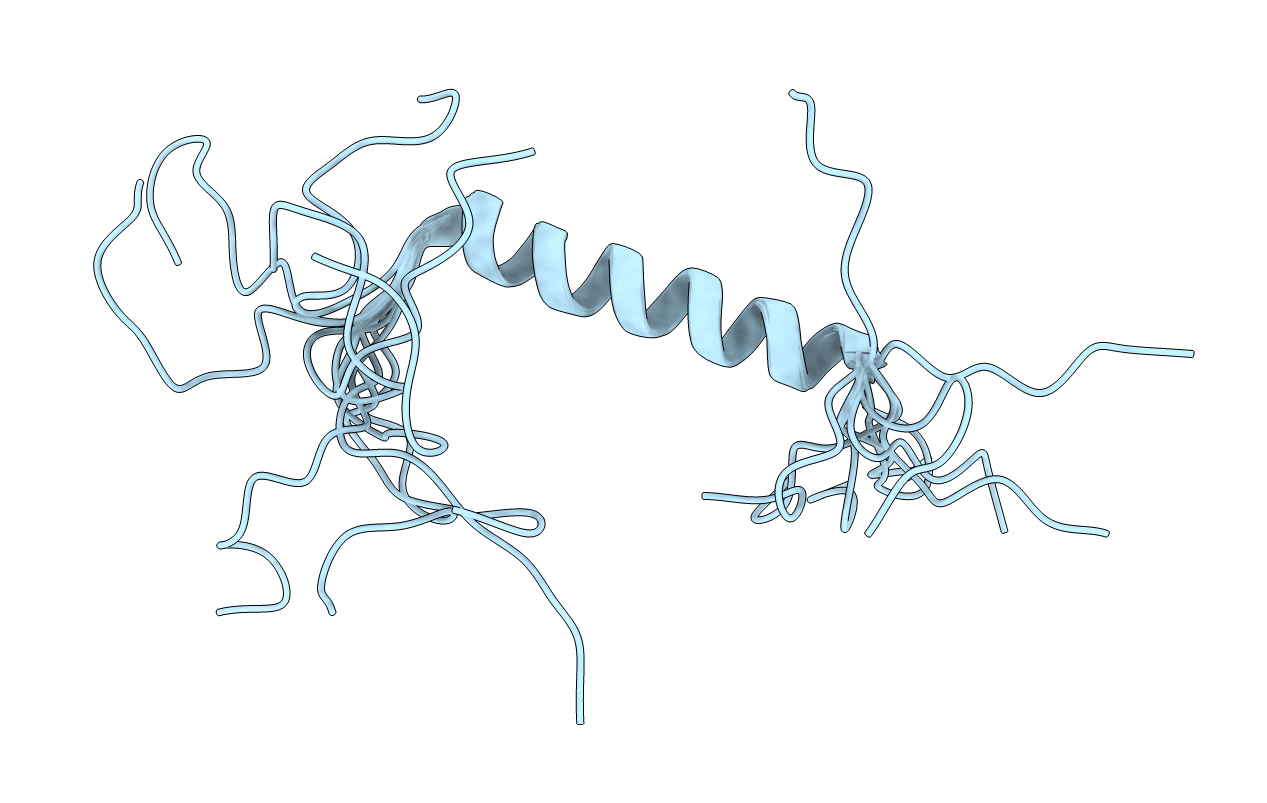
Deposition Date
2019-09-16
Release Date
2019-11-27
Last Version Date
2024-05-01
Method Details:
Experimental Method:
Conformers Calculated:
50
Conformers Submitted:
10
Selection Criteria:
structures with the lowest energy


